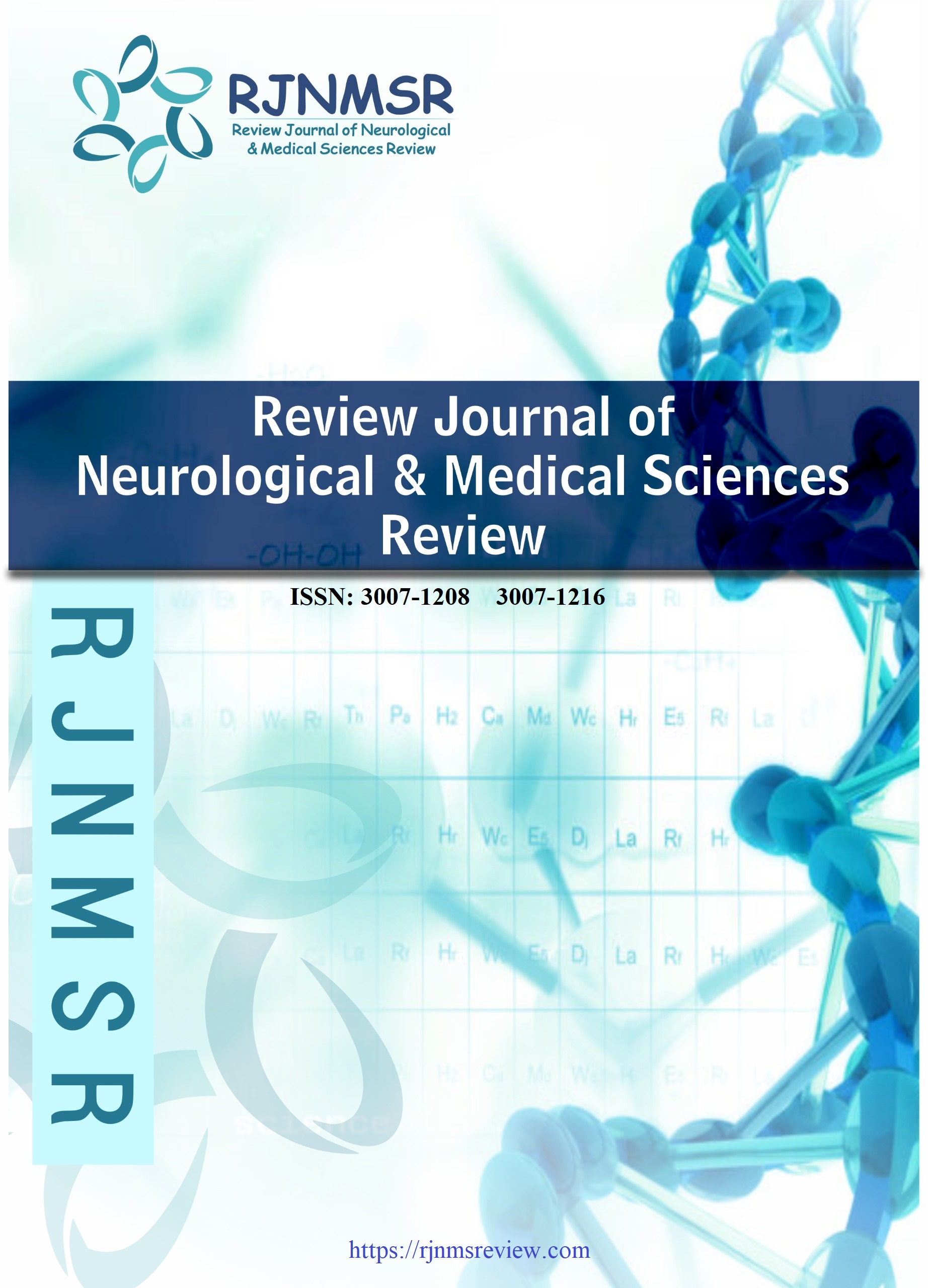Prevalence and Impact of Dyslipidemia in Diabetic Patients: A Case Study of LRH, Peshawar
DOI:
https://doi.org/10.63075/pv9vfw55Abstract
Abstract
"Dyslipidemia, a disorder of lipids in the blood, is a strong predictor of cardiovascular disease and is common among diabetic patients. The prevalence of dyslipidemia among diabetic patients in this study is based on data from 2024 at Lady Reading Hospital (LRH), Peshawar. The primary aim is to determine the proportion of dyslipidemia and establish its relationship with age, gender, glycemic control, and BMI. A cross-sectional retrospective study design was adopted and a sample size of 1,000 Diabetic Patients was selected treated in LRH from year 2024. Lipid profile parameters were used to diagnose dyslipidemia. Most common dyslipidemic abnormalties are Elevated Total Cholesterol (TC), Low Density Lipoprotein Cholesterol (LDL-C), Triglycerides (TG) and Reduced High Density Lipoprotein Cholesterol (HDL-C). Dyslipidemia was reported in 72.0% of diabetic patients and was slightly more frequent, with 76.0% and 68.0% in female and male patients, respectively. The most common lipid abnormality was elevated LDL-C (60%) followed by hypertriglyceridemia (55%) and low HDL-C (48%). There was higher prevalence of dyslipidemia in patients with poor glycemic control (HbA1c > 7%) compared to that in patients in better glycemic control (p < 0.05). This research highlights the importance of periodic lipid profile checks among diabetic patients and underscores the significance of lifestyle changes and drug therapy in managing dyslipidemia. Efforts targeted at diabetes management and lipid profile improvement could significantly decrease the incidence of cardiovascular disease in this group.
Keywords: Dyslipidemia, Diabetic Patients, Cardiovascular Disease, Glycemic Control, Lipid Profile, Lady Reading Hospital

